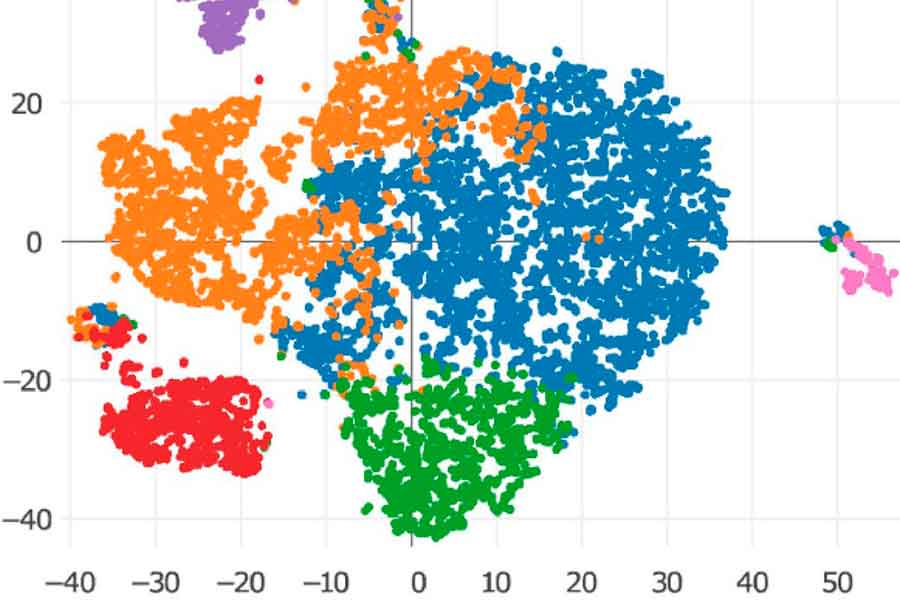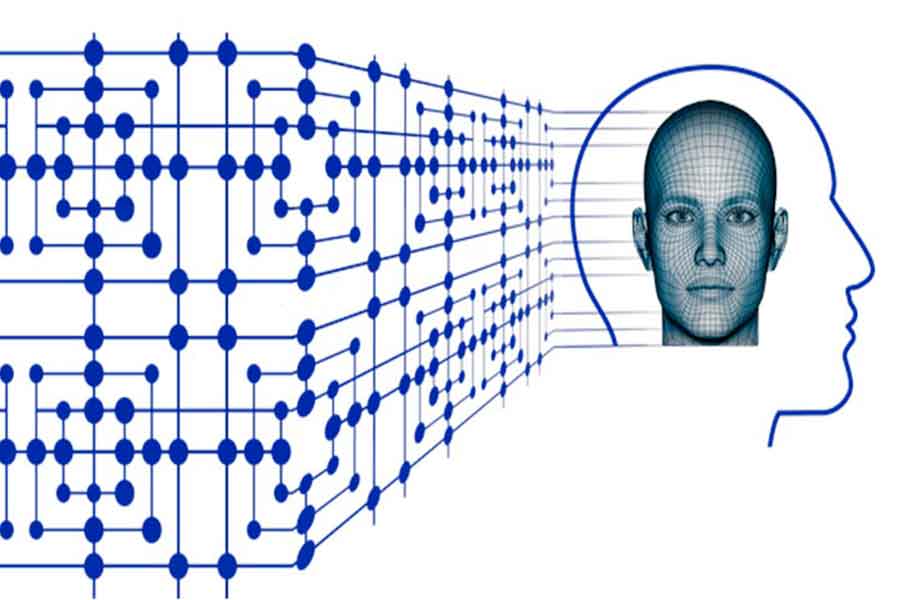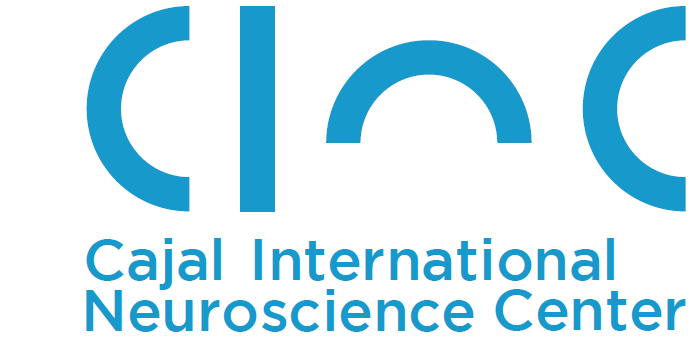Research areas
The research challenges
The CINC is subdivided in five main axes of research, which encompass the most fundamental aspects to understand the brain.
BRAIN DEVELOPMENT AND MATURATION

This fundamental research line will approach questions like how the brain develops and mature, how progenitor cells make the correct decisions as to whether proliferate, differentiate, migrate or die. In summary, to get insights on how neural networks emerge and organize are fundamental topics of research in modern neuroscience. Indeed, many of the devastating diseases (e.g. schizophrenia, autism) seem to have their origins at the brain development.
BRAIN PHYSIOLOGY AND PLASTICITY

Understanding the mechanisms by which neuros communicate and getting knowledge on key molecules at different levels of circuit operation: synaptic (receptors, trafficking proteins, etc), maturation (adhesion kinases, neuroregulins, etc) and plastic capabilities (activity-dependent gene transcription, etc) are all aspects of fundamental research to understand how the brain learns, remember, etc. Therefore, understanding these aspects of brain physiology will be of much help to understand dementias, Alzheimer’s, schizophrenia, etc. as well as behavioural deviations, such as addiction and compulsive behaviours.
BRAIN AGEING

Ageing refers to a multidimensional process of physical, psychological, and social change. Perhaps ageing has its major impact on cognitive functions, and one of the aspects that this line of research must face is the study of the molecular biology of brain aging in the absence of neurodegenerative disease. Indeed, a steady physiological decline in many cognitive processes is seen across the lifespan, starting as early as in one’s thirties. Also, ageing is the major risk factor for neurodegenerative diseases (Alzheimer’s, Parkinson’s, etc.). This and the above line Physiology and Plasticity will clearly cross-fertilize to provide an answer on the memory deficits which intensify with age.
SYSTEMS AND COMPUTATIONAL NEUROSCIENCE

Systems Neurobiology concerns on one side the study of how synapses in neurons and neurons in networks interact to give rise to specific functions of the brain, e.g. behaviour. The interplay of single-cell and network properties in neural circuits is a fundamental aspect of study within this axis. The program will incorporate novel molecular and imaging tools for manipulating and analysing neural circuits. This will make possible to establish program’s activity around the causal relationships between the activation of single neurons and a circuit’s physiological function within a living animal, and to examine the structure and connectivity of neural networks with unprecedented resolution and fidelity. These aspects must be pursued in large part through interdisciplinary collaborations, both intra- and extramural. Solving these questions should be complemented with the use of mathematical tools and theories, computer science and physics (i.e. computational approaches) to fully understand how the nervous system processes information.
TRANSLATIONAL NEUROSCIENCE

The scarce relative success achieved by new drugs developed to treat neuropsychiatric and neurodegenerative diseases calls for research to explore the implementation of new personalized brain-activity correction technologies. These would include, for example, the development of chemical compounds that interact with specific neuronal types and circuits, new radio-imaging ligands, deep brain stimulation technologies, etc. This research line would unite multidisciplinary teams with high clinical participation and collaborations with contiguous groups at the CSIC Institute for Medical Chemistry and Institute for Organic Chemistry, as well as with neuro-imaging, pharmaceutical and biomedical industries. The temporary incorporation of external groups, pertaining to hospitals, to participate in specific projects will be of vital importance in the progress of this research program.

